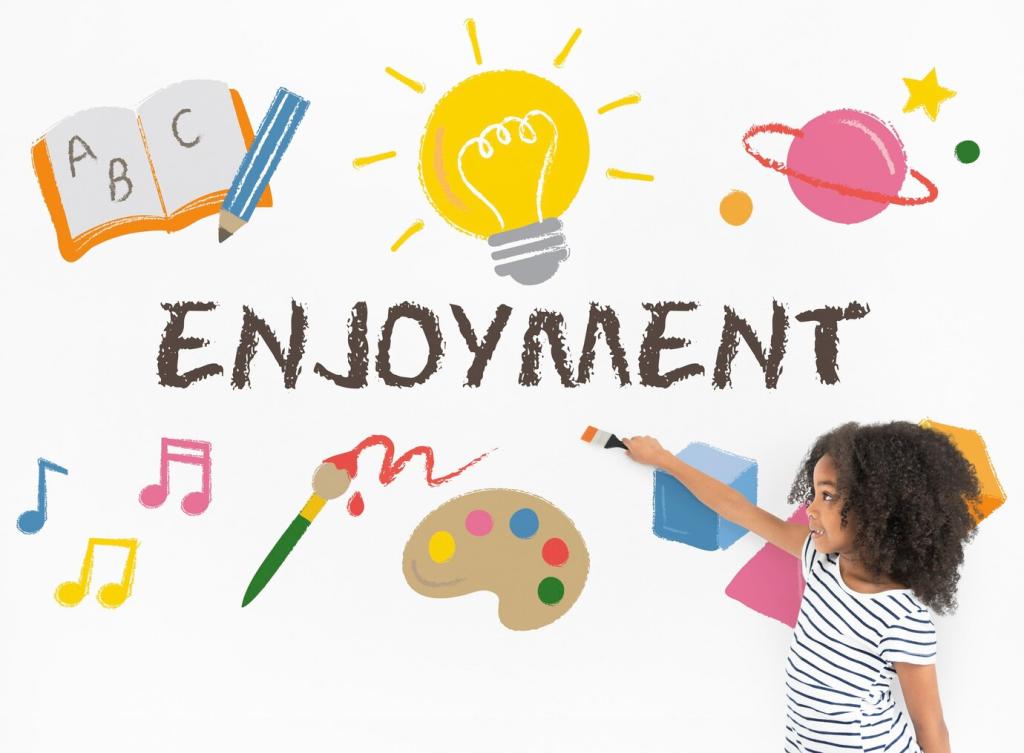
Flipped Classroom Approaches for Coding Courses
The flipped classroom model has revolutionized the way coding is taught, offering students an immersive, hands-on learning experience that promotes critical thinking and problem-solving skills. Unlike traditional classroom environments, the flipped approach allows students to engage with instructional material outside class, freeing up valuable in-person time for collaboration, practice, and deeper exploration. This method not only caters to diverse learning paces but also prepares students for real-world coding challenges by emphasizing practical application over passive listening. As coding becomes an essential skill across various fields, employing innovative teaching strategies like the flipped classroom can transform technical education and produce confident, independent problem solvers.
Principles of Flipped Classrooms in Coding
Active Learning through Problem Solving
Personalized Pacing and Mastery
Increased Student Responsibility

Curating High-Quality Pre-Class Content

Structuring In-Class Activities for Engagement

Leveraging Technology for Seamless Integration

Motivating Independent Learners

Ensuring Access to Technology

